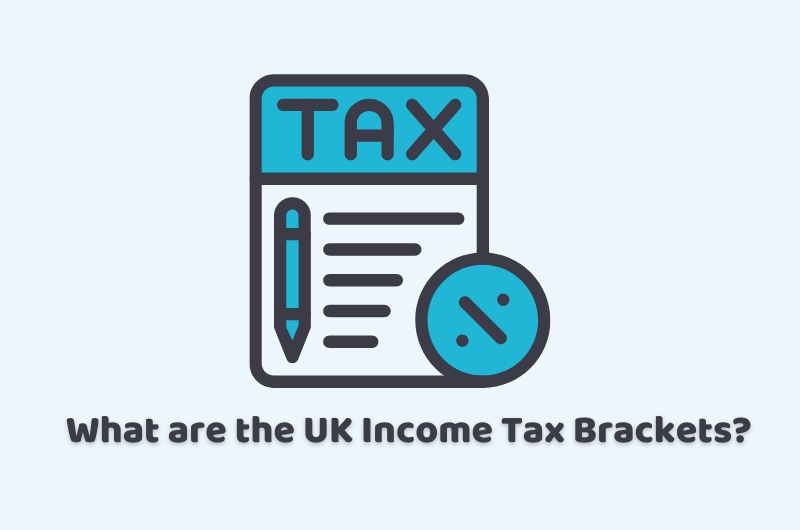04/07/2023tax , Tax Issues , Tax News and Tips , Tax Saving Tips , Taxation
If you are residing in the UK, you must be aware of the importance related to being conscious of the direct tax rates and principal tax allowances and the new changes updated in the tax year 2023-2024. This was normally mentioned in the new Spring Budget that was published in the month of March, the …
Read more
